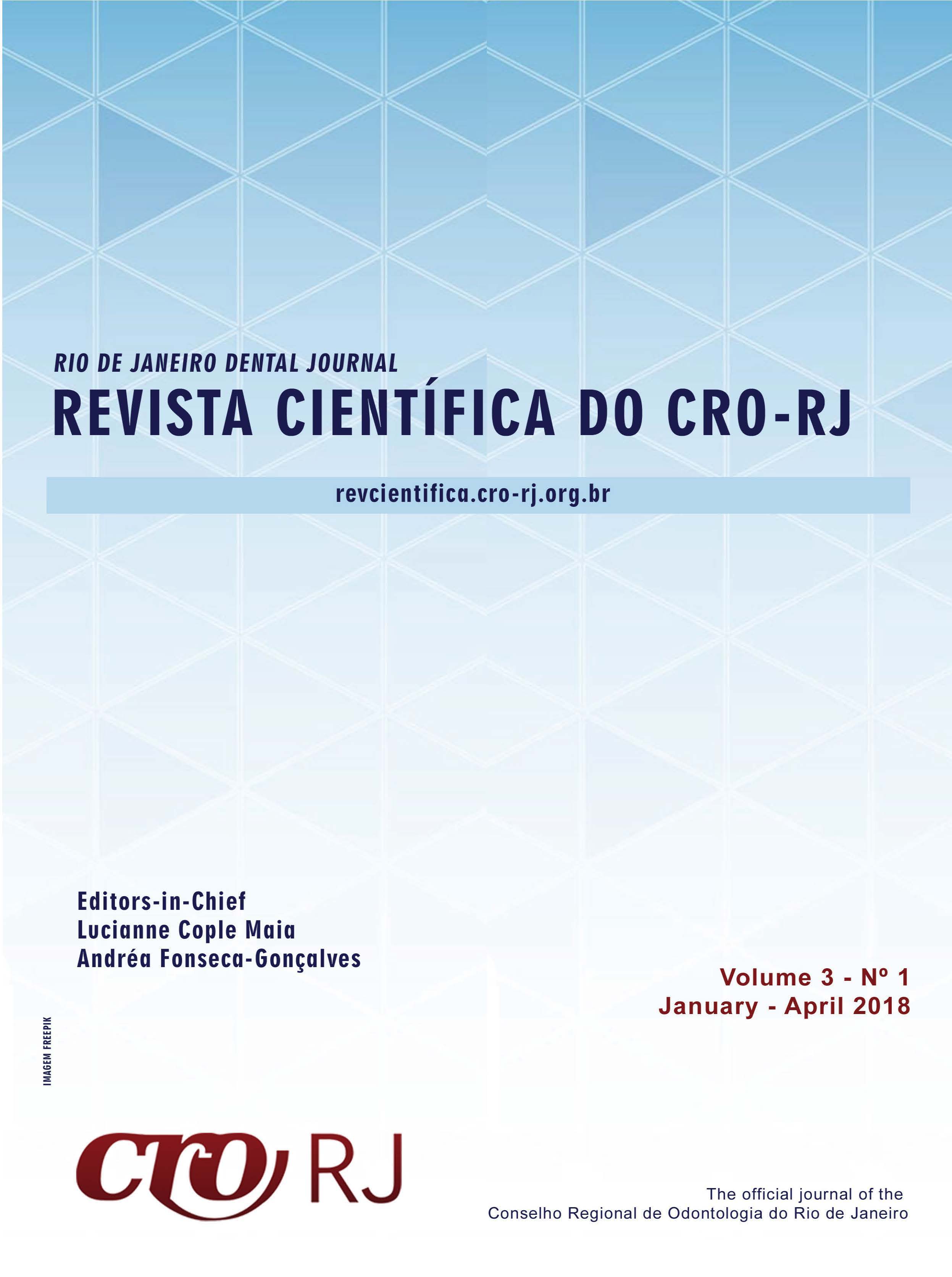Luting agents differentially modulate inflammation and matrix metalloproteinases in connective tissue
Keywords:
luting agents, resin cements, glass ionomer cement, connective tissue response, matrix metalloproteinasesAbstract
Aim: The objective of this study was to evaluate the tissue response and expression of matrix metalloproteinases (MMP)-2 and -9 to RelyXTM Unicem (RU) and KetacTM Cem Easymix (KC) cements in direct contact with the subcutaneous connective tissue. Methods: RU (n=30), KC (n=30), and empty tubes (control; n=30) were implanted in the dorsal subcutaneous tissue of isogenic BALB/c mice, and the tissues were biopsied after 7, 21, and 63 days for histological analysis. The inflammatory cells and fibroblasts were counted, and the fibrous capsule thickness was measured. MMP-2 and MMP-9 expression levels were investigated by immunohistochemistry. Data were analyzed statistically (significance level=5%). Results: We found that RU induced a low inflammation at day 7 and 21, which was increased at day 63 (p<0.05). KC induced a more intense mononuclear inflammatory response at day 7 and 21 (p<0.05), which was reduced at day 63 to levels similar to the control (p>0.05). The fibrous capsule thickness was thin for RU, KC, and control (p>0.05). MMP-2 was detected early for KC and RU and decreased afterwards. MMP-9 presented a similar pattern for KC, whereas the MMP-9 expression was late for RU. Conclusion: RU induced an inflammatory response and late MMP-9 expression in the subcutaneous connective tissue that was different from that induced by KC.
Downloads
Published
How to Cite
Issue
Section
License
Copyright (c) 2018 Revista Científica do CRO-RJ (Rio de Janeiro Dental Journal)

This work is licensed under a Creative Commons Attribution-NonCommercial-NoDerivatives 4.0 International License.


